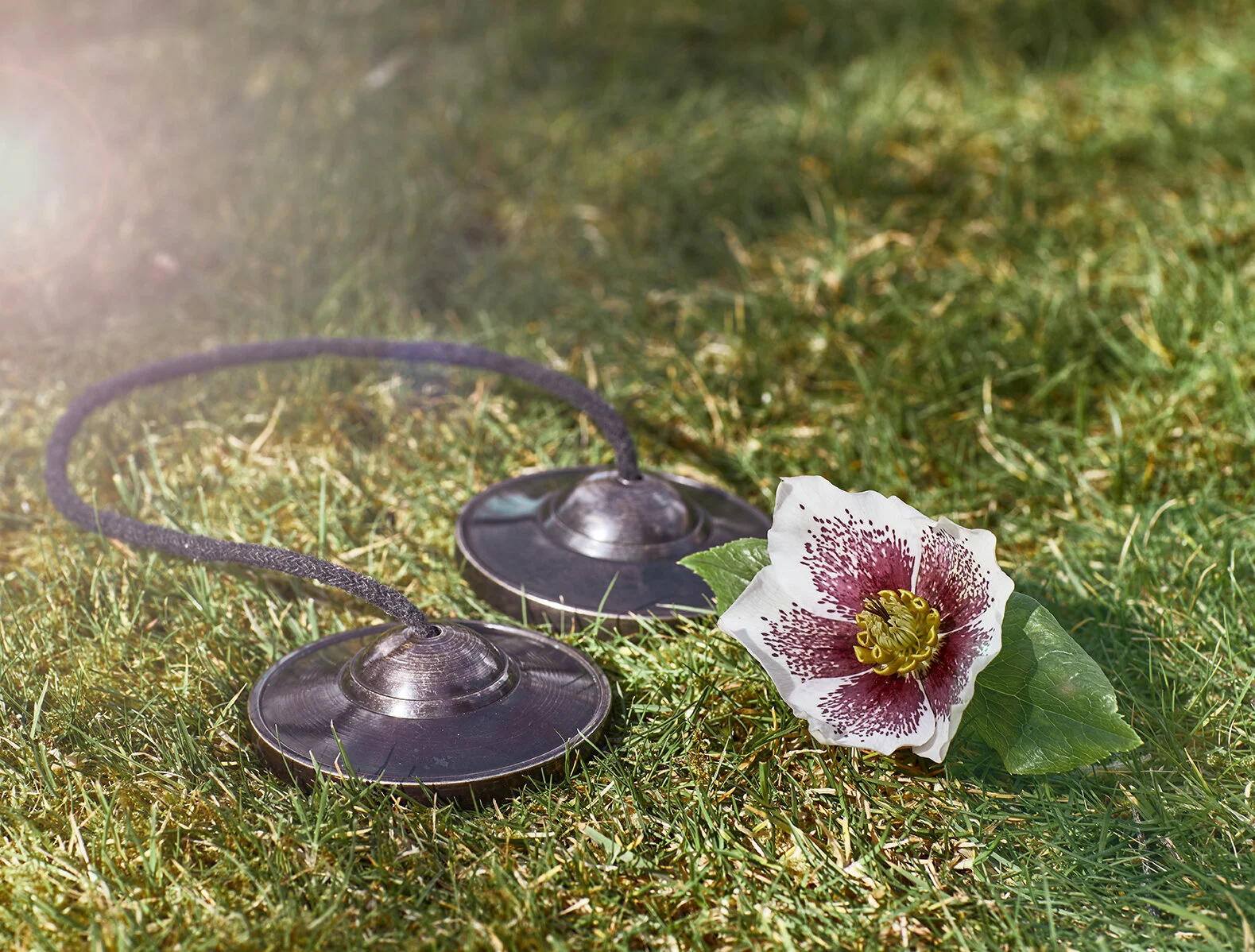Yoga and ageing - Part 2
I have often been asked “What happens in a yoga class, is it all chanting and dinging bells?”
The answer depends on the type of yoga class you choose to attend. Some teachers incorporate chanting in all of their classes, and some never do. Some use bells and others don’t. It all depends on the style of yoga and the teachers preferences and intention for the class.
The vast majority of yoga classes in studios and gyms now are loosely divided into three sections:
Breath work, pranayama
Moving practice, asanas
Stillness, savasana
Pranayama
Take a moment and notice you breath now. The likelihood is that you are breathing into the top part of your lungs and not using them to their full capacity. Yoga pranayama practice teaches us how to use our breath efficiently and to maximum effect, using various different breathing techniques, for instance alternative nostril breath. There is substantial evidence that mindful breathing has health benefits for things such as anxiety and stress, has a calming effect on the nervous system, improves lung function and health as well as speech, particularly in those with Parkinson’s Disease.
The practice of Pranayama at the beginning of class gives you space and time to settle into the room, settle on the mat and leave all troubles and negativity outside so that you are in the right frame of mind to continue into your asana practice.
“Breath is the king of mind.” Anon
Moving practice; asana
Moving is vital for a healthy body and mind irrespective of your age even if movement is minimal it is important. As we age movement can be more restricted as we become less flexible, however that is exactly why we should keep moving to slow down this process. Continuous movement will help maintain and improve flexibility, strength, balance and confidence as well helping to prevent osteoporosis, falls and injury.
In any yoga asana class options for different abilities will be offered, for instance keeping the knees bent in downward facing dog, Adho Mukha Svanasana, or coming onto your hands and knees if Adho Mukha Svanasana is too much.
“Take care of your body, it’s the only place you have to live.” Jim Rohn
Savasana
For many yoga practitioners this is the most important asana which brings closure to the practice, time for the mind to relax and learn to just be. However despite the fact that you are usually lying supine on your mat, for some it can be one of the most difficult asanas. Mindful movement during the asana practice lays the foundation for the savasana and like all poses requires practice to fully engage and reap its benefits.
The savasana asana is a symbolic death of your old ways of thinking and doing whilst the normally perceived boundaries of body image dissolve away, allowing you to enter a state of blissful neutrality
“Every pose is designed to prepare the body for savasana,” Kaci Yoh

